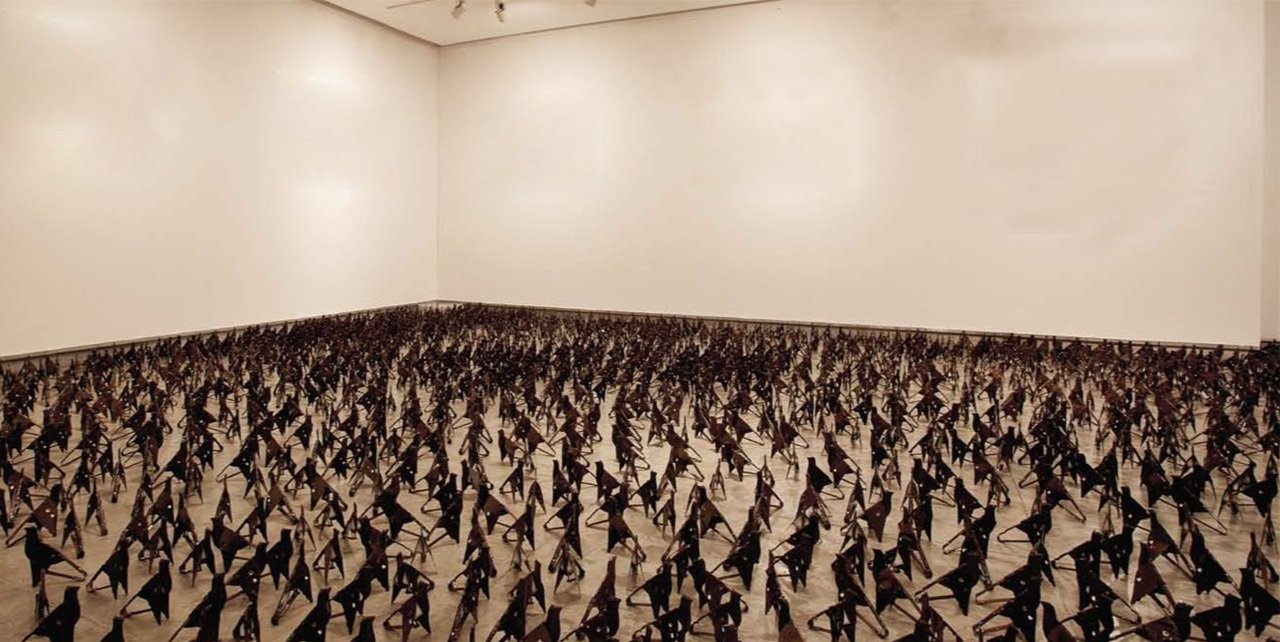
Kathmandu International Art Festival
November 25 - December 21, 2012
Ecology and environment have been central to the work of the folk and tribal artists of India.
Mahabhuta, fundamental elements: earth, water, fire, wind and ether (space) form the basis for larger cosmology and universe. The discipline of Indian arts and aesthetics, with dualism: conceptual and practice, is deeply woven within the intricacies of cosmology. The space of liminal world and non-liminal world are palpable symptomatic of Vedic and Egamic traditions. Its strong connotations are immediately visible in the ritual festivals and its entailing symbolic motifs. Indian traditions and cultural legacy are an elaborative account of correspondence between sense-perception and human emotive states.
The benevolent disposition of the Earth has always associated her with feminine quality of abundant offerings that is why we hail her as Mother Earth. Nature transmutes to be immediate manifestation of God. Nature not just mirrors the multiple existences but builds universal harmony to nurture human sensibility. The tribal practices and festivals are the immediate repository of human participation in the ecology balance.
Art and Ecology are two key words which are worlds within themselves. Art becoming man’s creative expression and Ecology becoming the space in which man creates. Thus the two become vital significant spaces of creation.
When creative expression enters into ecological design, it investigates and locates the relationship shared between the diverse ecosystem. The plea to save the planet raises our attention to the ever growing number of engendered species and depletion of natural resources in the face of industrial technology. Art thus becomes a tool for sensitizing the people, it becomes an ambassador for a green environment, global warming, carbon footprints simply a geography of a better planet where the natural resources are kept in judicious balance within the universe of mankind.
The Kathmandu International Fair has a curated thematic content to it. Keeping the theme in mind, three contemporary Indian artists have been invited for MaaHi presented by the Kolkatta based gallery Akar Prakar. Probir Gupta, Paula Sengupta and Vibha Galhotra Each with their singular language are symptomatic of the bio diversity and the plurality of the land . For me they are vital to the concept of MaaHi or Earth Mother who in the mythic past of India is both the holder of fertility and abundance.
Alka Pande
Paula Sengupta | The Flight of the Ducks (Set of 8) | Etching & serigraphy on paper, serigraphy on acrylic sheet, and hand-cut wooden box | 15.5 x 11.5 in
Probir Gupta | Chimney- 2 | Mixed media | 12 x 18 x 18 ft
Probir Gupta | Chimney- 1 | Mixed media | 12 x 18 x 18 ft
Vibha Galhotra | Absence Presence | Mixed media | Variable
Vibha Galhotra | Sediment | Mixed Media | 72 x 48 in (5 Panel)
MIMI RADHAKRISHNAN
Born in Kolkata on the 29th of August 1955, she spent her early years in the same city, followed by Santineketan. Her scholastic training has been entirely in the field of fine arts. She studied print-making under the guidance of Sri Somnath Hore, followed by Masters at Baroda under Sri K. G. Subramanyan. The few fellowships awards she received are all in the field of art.
A humanist, liberal, self-professed environmentalist and an ardent animal lover, she has her own studio in Delhi, where she paints. She has lived in Delhi with her husband, son and pet cats for over thirty years.





